Пришло время серьезно подумать о ваших планах на контент-маркетинг в 2019 году. Контент — основа всего цифрового и социального, он всегда доступен, всегда связан с мобильным миром коммуникаций.
По мере того, как возможности технологий увеличиваются, маркетологи находят новые способы их использования; роботы занимают рабочие места, и бренды борются все ожесточенней за возможность хоть на секунду удержать наше внимание.
Контент — центральная точка, соединяющая бренд и покупателя — контент может достучаться до разума и сердца клиентов, помочь обратить на вас внимание, заставить их задуматься о вашем бренде. А может и совсем не справиться со всем перечисленным.

Если, вам удастся не просто продать услуги, а заговорить с аудиторией на подлинном, человеческом языке, используя контент для укрепления отношений, результаты экспоненциально возрастут.
Ниже представлены семь ключевых маркетинговых трендов, которыми вы не можете пренебрегать в 2019 году.

 So, what is the difference? How to be prepared for this interview? Let’s be non-abstract, and use an example. To be more non-abstract, let’s take something from the material world, such that you won’t be asked the exact same thing at the real interview (at least, not at the Google interview) :)
So, what is the difference? How to be prepared for this interview? Let’s be non-abstract, and use an example. To be more non-abstract, let’s take something from the material world, such that you won’t be asked the exact same thing at the real interview (at least, not at the Google interview) :)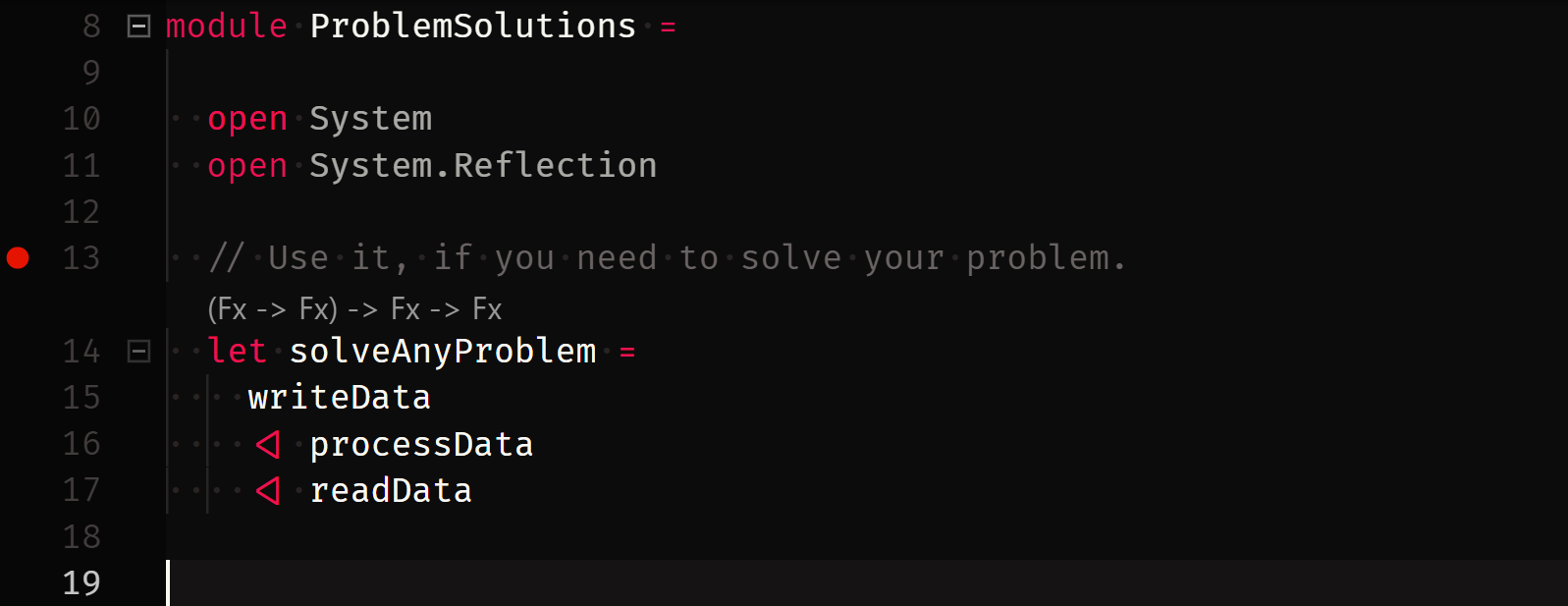


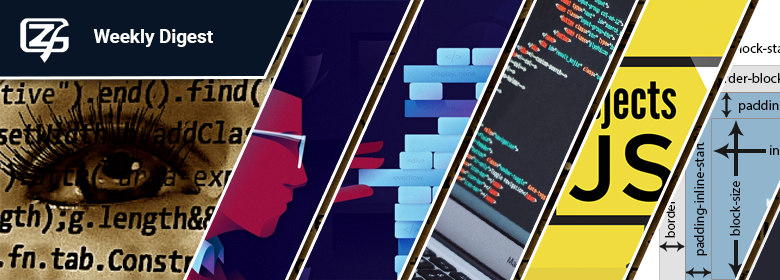



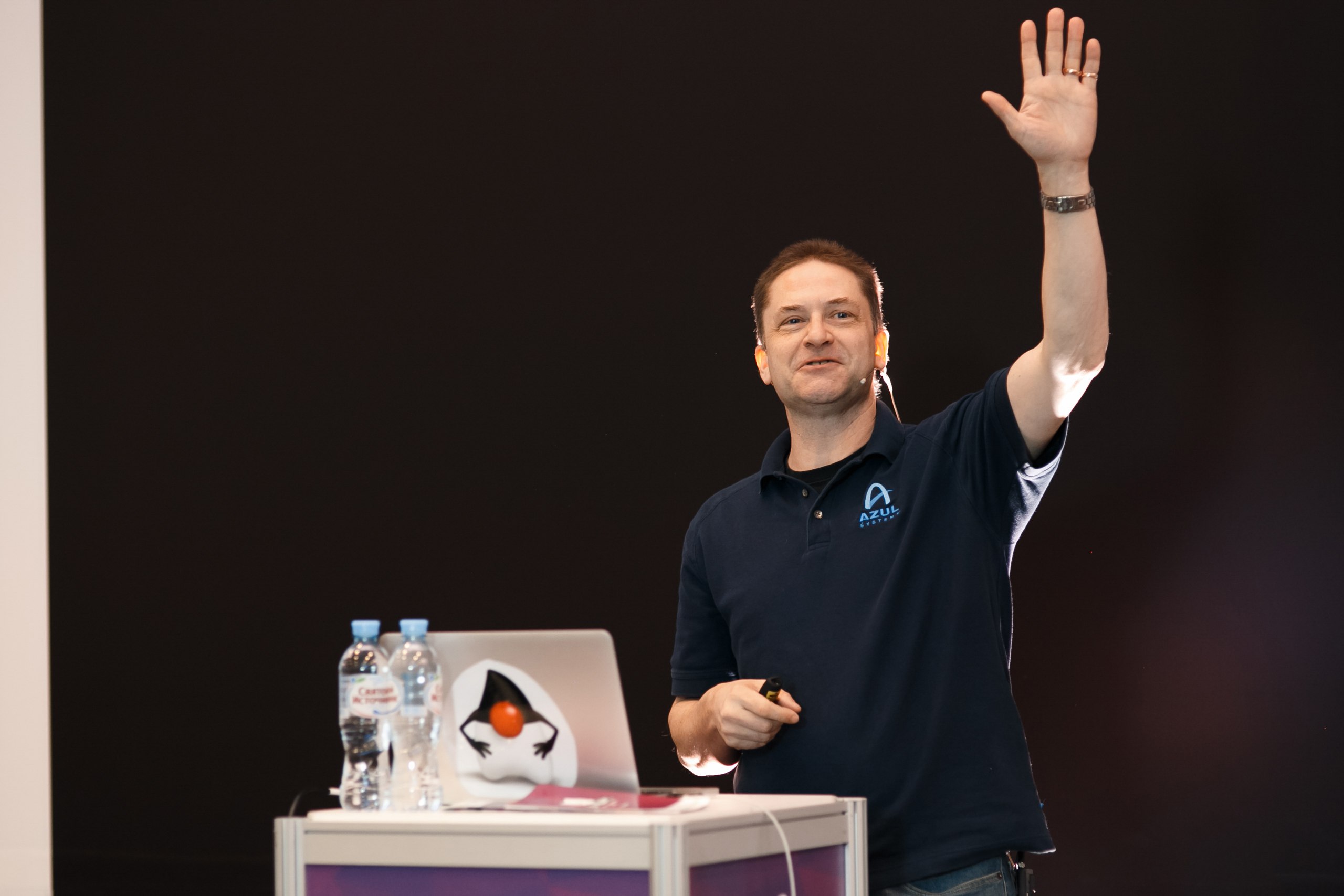



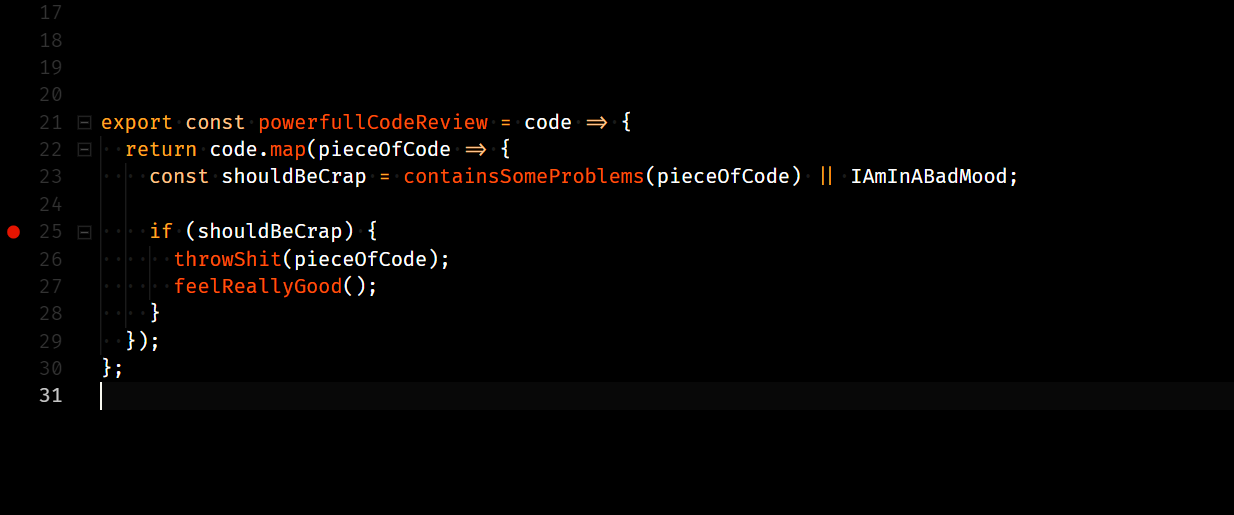
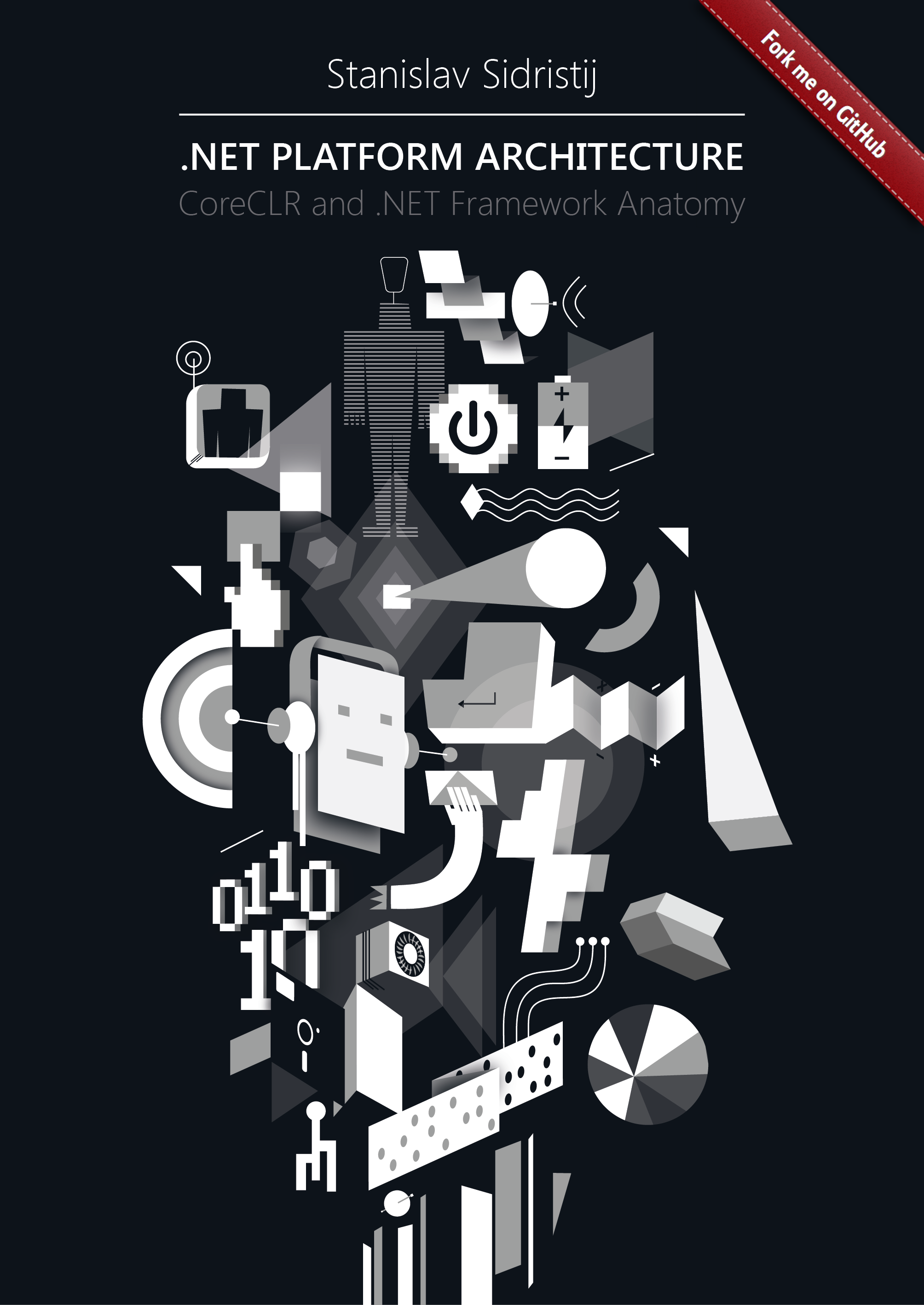
 This chapter was translated from Russian jointly by author and by
This chapter was translated from Russian jointly by author and by 